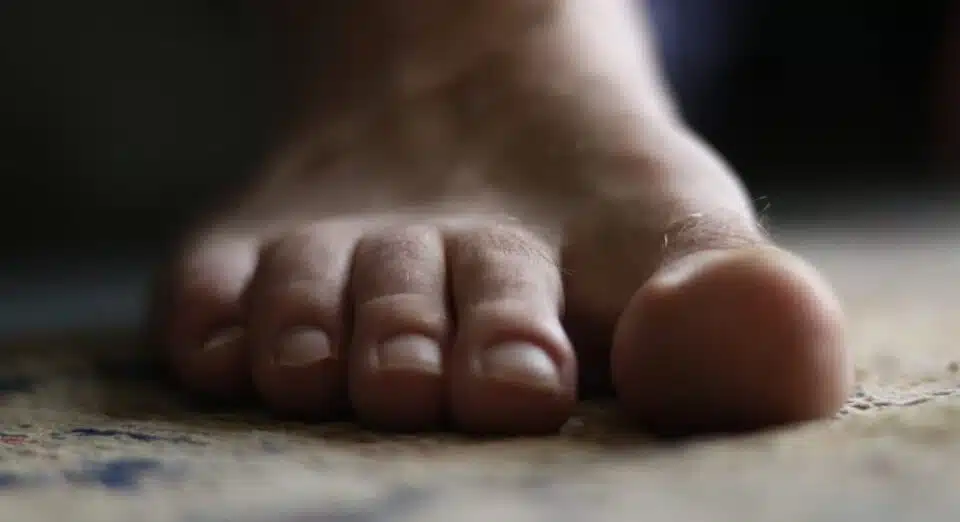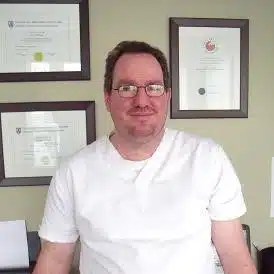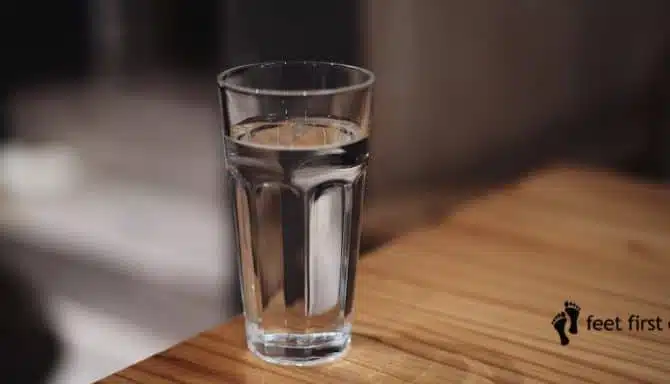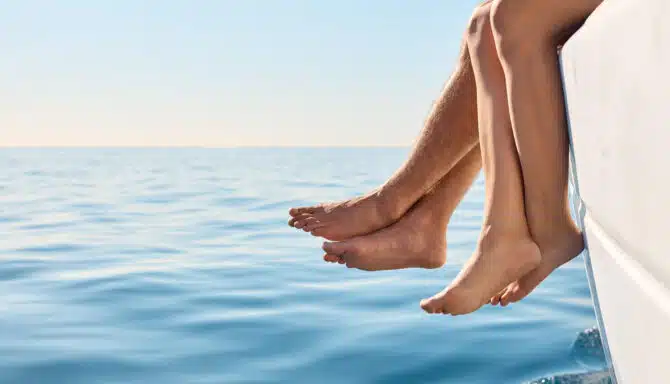Have you ever felt a prickling, tingling or pins and needles sensation in your feet? At times, it may even feel like your foot has “fallen asleep”, or like ants are crawling over your toes, yet when you touch your feet, they seem completely fine.
There are a number of of causes of numb feet, but ultimately the main cause is it is something to do with your nerves. Nerves are fantastic structures that relay signals to the brain about what is going on around us. For example, they allow us to determine between hot and cold, hard and soft or wet and dry.
Nerves can be compromised for different reasons. Some of the most common reasons are:
- Compression: Your foot just might be asleep from being kept in the same position for a long time
- Trauma: If your nerves have been damaged they they will not work as well as they should
- Illness: Some illnesses can increase or decrease the sensitivity of your nerves
- Food and Medication: In some cases, there are medications and foods that can affect how our nerves communicate with us.
So lets look at the most common causes of numb feet or toes.
Frostbite/Frostnip
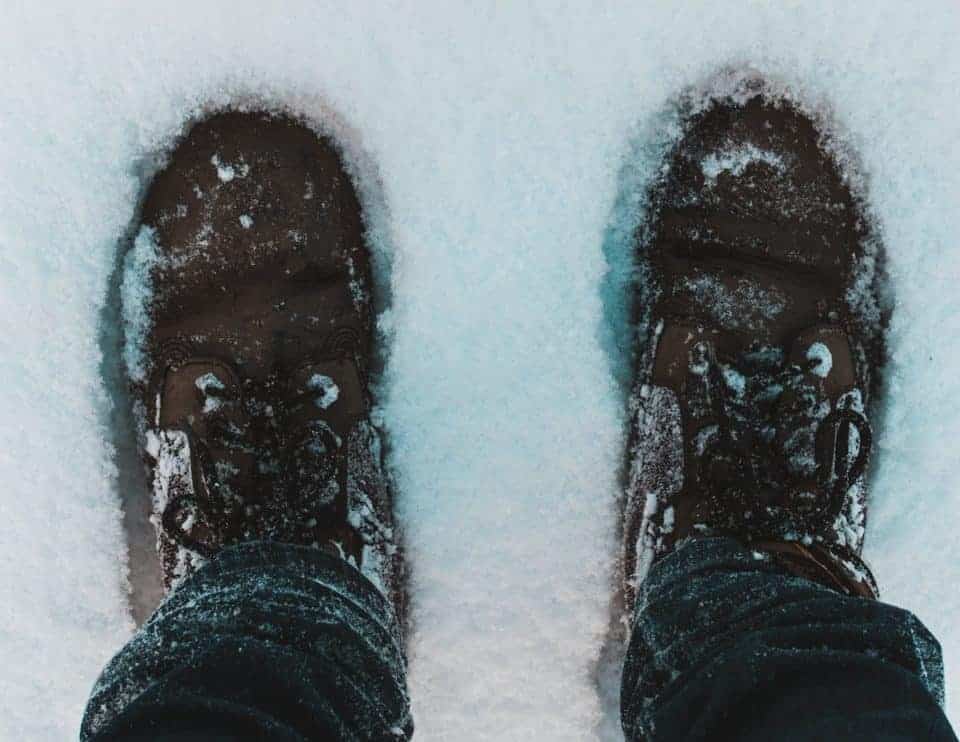
It’s no secret that Canada experiences cold winters. Low temperatures and high humidity can make keeping your feet warm and dry difficult. That’s why frostnip, and its successor, frostbite, are possible during Canada’s winter months.
There are various degrees of skin and tissue damage due to cold. They are:
- Frostnip is a mild cold exposure injury that doesn’t cause permanent skin damage. During the frostnip stage, a slight numbing sensation may occur and minor (but temporary) nerve damage. Frostnip is easily prevented from developing further by going indoors and warming up. Frostnip should subside naturally by escaping the cold and returning to warmer temperatures.
- Superficial frostbite is the second stage of cold damage to your toes. Your skin may feel warm to the touch and you could experience a more intense numbing or tingling sensation.
- Deep frostbite is the third stage and most severe form of cold damage. You may experience total numbness and loss of sensation in your toes. The muscles and joints of the toes may no longer work, and you’re at risk of permanently damaging the skin and nerves in your toes. Blisters form 24-48 hours after exposure. Afterwards, the area may turn black and harden as the tissue dies.
It’s critical to recognize signs early. If you’re outside for extended periods and feel your feet and toes are cold, it’s time to head inside. Once you reach the numbing and tingling sensation, the damage begins to occur and will only worsen if it is not addressed. In minor cases of frostnip, the feeling can return to your feet and toes with no long-term effects. However, with frostbite, you risk permanent and irreversible damage.
Diabetes
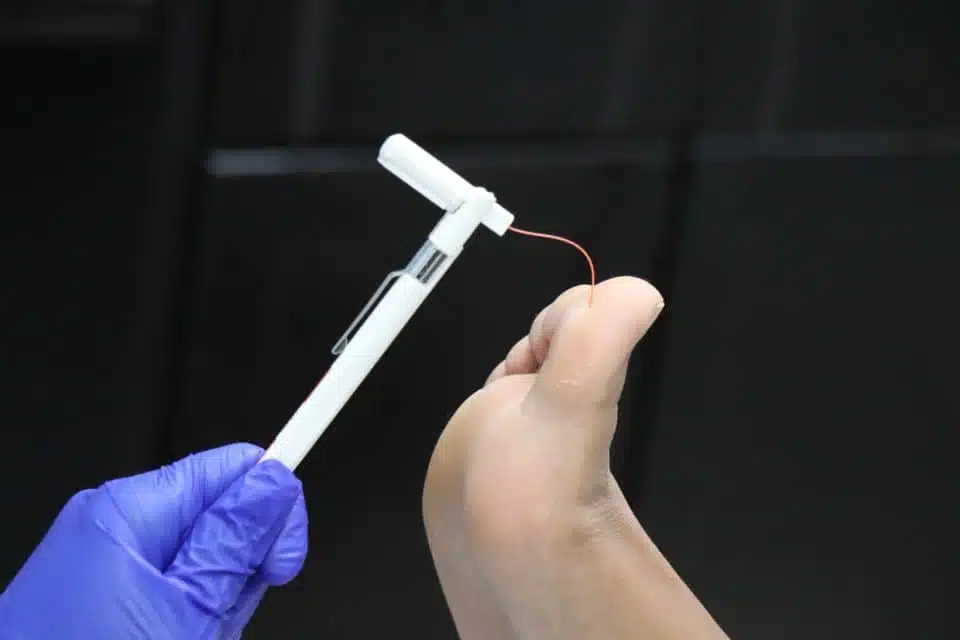
Diabetes is a severe condition characterized by high blood sugar levels that can lead to blood flow and nerve issues. As of 2023 Diabetes Canada states that 5.8 million Canadians suffer from Diabetes, or 15% of the population.
Regarding the foot, diabetes can complicate the nerves and blood vessels in two ways:
- Diabetic neuropathy, a common long-term complication of Type-2 diabetes. It is an encompassing term related to how nerves can be affected and eventually damaged – including dry or sweating skin, temperature changes and sensation loss in the lower legs, feet and toes. A lack or loss of feeling in your feet and toes is dangerous as it can mask injuries, cuts or other conditions. For example, you can walk around with a cut and not even be aware.
- In peripheral vascular disease (PVD) , the small blood vessels in the toes and feet start to get affected. Usually the vessels are narrowed by the nerves or narrowed by plaque build up. This reduces blood flow to toes. As a result, wounds and cuts to the skin take a long time to heal because the reduced blood flow makes it difficult for nutrients and white blood cells to get to the needed areas. Once the small blood vessels are affected then the larger blood vessels can then follow.
The best action for diabetes is to visually monitor both of your feet daily. It’s also very important to regularly see a foot specialist. A foot specialist can do a Diabetic assessment to check for adequate circulation, signs of neuropathy and your risk-potential for foot ulcers. They can also perform foot care in a safe environment, and proactively treat any issues with your toenails and the skin on your feet, like calluses.
Rheumatoid arthritis
Both rheumatoid arthritis (RA) and rheumatoid vasculitis can cause numbing and tingling in your feet and toes. RA, an autoimmune disease where your immune system mistakenly attacks healthy cells in your body, can affect the nerves in your feet through inflammation and swelling.
Similarly, rheumatoid vasculitis targets the blood vessels in the feet and inhibits their ability to transport blood. Reduced circulation can cause your feet and toes to be numb, creating a tingling sensation. Typically, one develops rheumatoid vasculitis after having RA for some time.
Rheumatoid patients can also have some nerve damage causing some numbness to the toes. In addition, when a swollen arthritic foot is placed into a shoe that doesn’t accommodate the foot’s swelling, the shoe will exert pressure onto the foot and compress the nerves. It is this compression that can also add to the numbness.
Tarsal tunnel syndrome

Tarsal tunnel syndrome is an ankle nerve condition that has downstream effects on the feet and toes. Analogous to carpal tunnel syndrome in our hands, tarsal tunnel syndrome occurs when a nerve becomes compressed—specifically, the posterior tibial nerve inside the ankle.
The tarsal tunnel itself is a narrow space next to the ankle bones. It’s covered with thick ligaments and contains veins, arteries, tendons and nerves (including the tibial nerve). When the tunnel becomes compressed, so does everything inside. Compression reduces blood circulation and puts pressure on the nerves that connect your feet and toes with the rest of your body. It can easily be mistaken for muscle tenderness and even plantar fascia pain.
The exact cause of tarsal tunnel syndrome can be difficult to determine. In many instances ithere can more than one causative factor, including but not limited to:
- Flat feet
- Bone spurs and cysts in the ankle
- Varicose veins
- Inflammation
- Osteoarthritis
- Tight shoes
- Acute ankle injuries
Tarsal tunnel syndrome symptoms include sharp, shooting pain, pins and needles or a burning sensation on the inside of your foot (usually this is close to where your foot meets your ankle). The numbness may radiate to the toes as well.
Morton’s neuroma

One of the very common causes of numb feet is a Morton’s neuroma. It involves a sensation akin to having a pebble stuck in your shoe. This type of neuroma targets the base of the third and fourth toes (a normal neuroma can be in between the other toes – but a Morton’s neuroma is specific to the 3-4 toes). When the muscles and tendons become inflamed, the nerve becomes increasingly compressed, inhibiting its function.
You may develop Morton’s neuroma with poor biomechanics – namely, overpronation (when your foot rolls too far inwards when walking or running). Biomechanical abnormalities unevenly distribute weight in your feet, adding too much (and too little stress) to certain parts of the foot. Over time, overpronation adds stress to the ball of the foot, causing it to thicken and become inflamed. As such, the foot’s nerves can become compressed.
High heels coupled with a narrow toebox (which also promote poor biomechanics) are another common contributing factor to Morton’s neuroma.
The best course of action to treat Morton’s neuroma is for a foot specialist to fit you with proper footwear or custom foot orthotics. Fixing your footwear and correcting your biomechanics will help distribute weight and stress in your feet more evenly.
Other causes of numb feet or toes
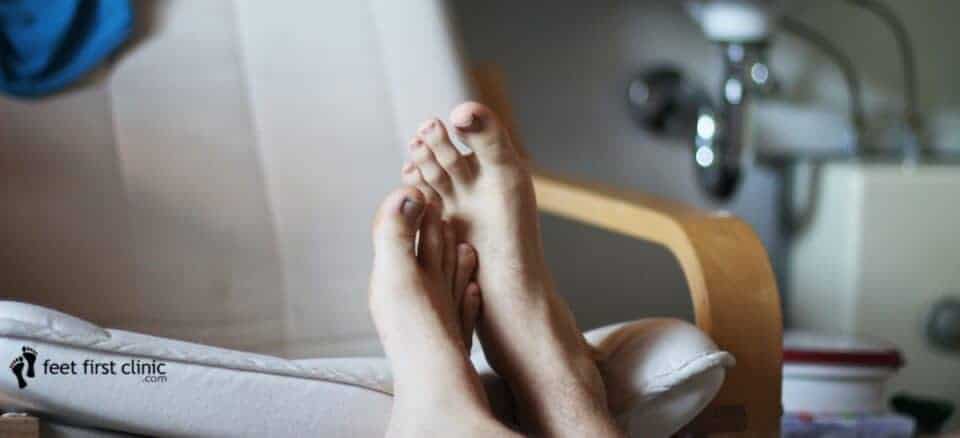
Other, common causes of numb feet may include:
- Alcoholism: Unfortunately in 2022, 20% of Canadians stated they were heavy alcohol drinkers. Constant alcohol consumption can cause pain and nerve damage to your feet and toes.
- Vitamin B12 Deficiency: This is more common in people over the age of 60. Constant B12 deficiency can cause numbness to your feet.
- Compression: Sometimes tight and poor fitting footwear, compression socks that don’t fit properly, or the position of your feet when resting can cause numbness and tingling within the toes and feet.
- Swelling and poor circulation: If you have excessive edema then your feet can feel like they tingle or in some cases, numb – especially toes that have been compressed into poor footwear. If you have poor circulation then the tissues in your toes and feet might not get the amount of blood that they require. The toes can then become tingly.
When in doubt, it’s important contact a professional for a proper diagnosis if you ever feel a numb or tingling sensation in your feet.
